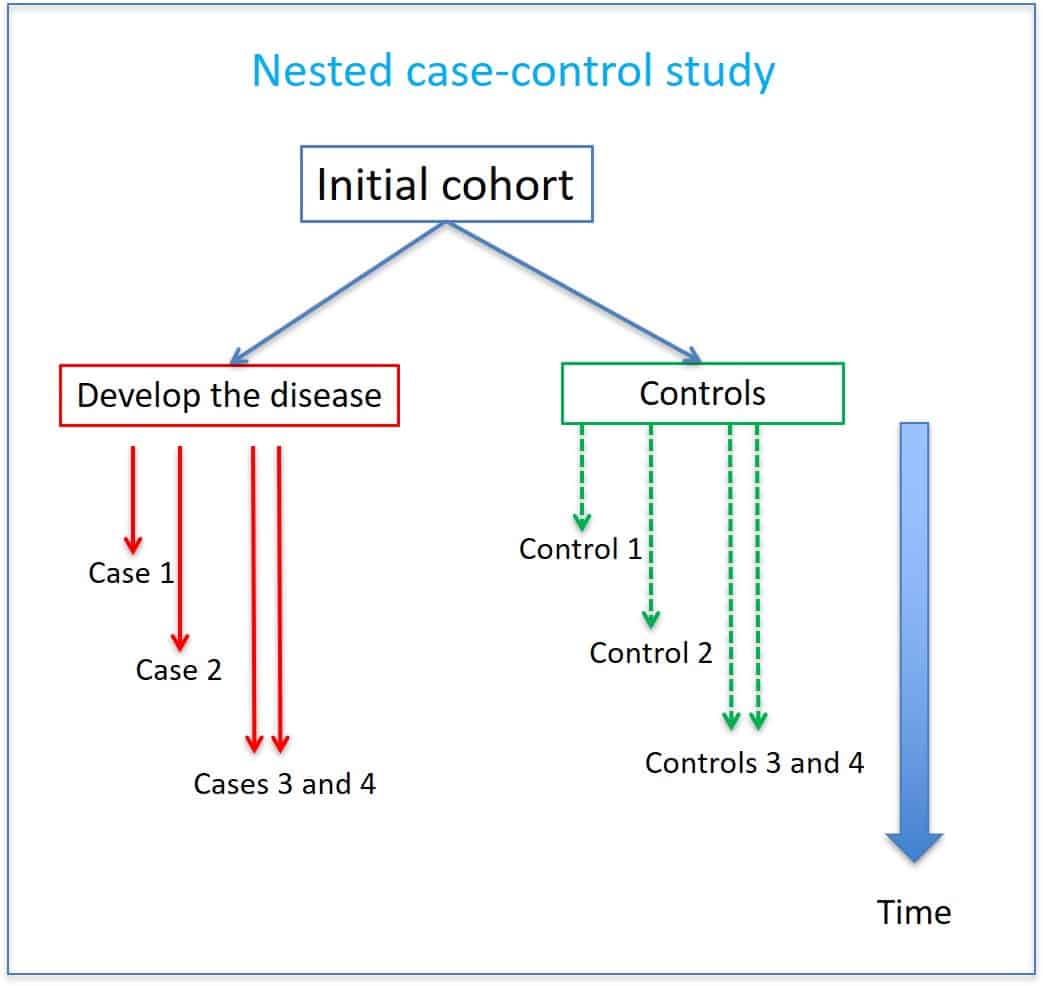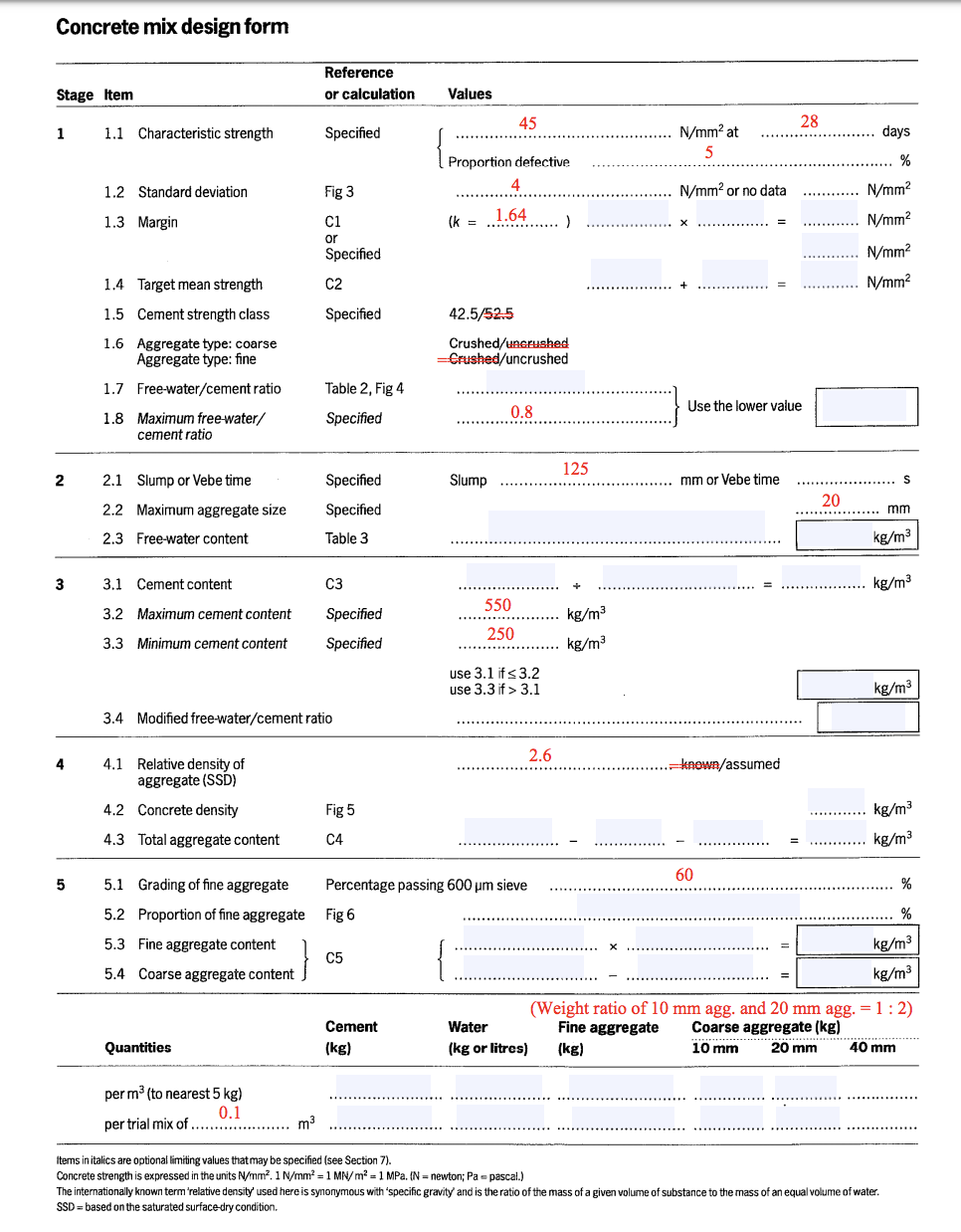Table Of Content
The study involved comparing a group of former lifeguards that had developed cancer on their cheeks and noses (cases) to a group of lifeguards without this type of cancer (controls) and assess their prior exposure to zinc oxide or absorbent sunscreen lotions. Matching is often used in case-control control studies to ensure that the cases and controls are similar in certain characteristics. For example, in the smoking and lung cancer study, the authors selected controls that were similar in age and sex to carcinoma cases. These controls can be easily conducted the list of all individuals is available. For example, list from state identity cards, voter's registration list, etc., In the Tanning and melanoma study, the researchers used population controls. These controls are easy to recruit and they are also more likely to be similar to the cases in socio-economic status and other demographic factors.
Uses of Case–Control Studies for Therapeutic Effectiveness
One of the most significant triumphs of the case–control study was the demonstration of the link between tobacco smoking and lung cancer, by Richard Doll and Bradford Hill. In the analysis stage, calculate the frequency of each of the measured variables in each of the two groups. As a measure of the strength of the association between an exposure and the outcome, case-control studies yield the odds ratio.

Case-control studies with matching
For statistical reasons, however, there is little gained by including more than two controls per case. If we use controls from the past (time period when cases did not occur), then the controls are sometimes referred to historic controls. Sometimes, definition of a disease may be based on multiple criteria; thus, all these points should be explicitly stated in case definition. We strongly encourage the readers to read the papers to understand some practical aspects of case-control studies.
Set-up of underlying cohort study
An exciting feature for creators on the go is the integrated battery and Bluetooth connectivity. This makes the Micro Color Panel ideal for location shoots or editing suites with limited space. Even this small, it comes equipped with Bluetooth and a step tracker so that you can easily take control of your daily exercise.Effortlessly stylish, the GDB500 holds the key to all-new possibilities with G-SHOCK. Julia Simkus is a graduate of Princeton University with a Bachelor of Arts in Psychology. She is currently studying for a Master's Degree in Counseling for Mental Health and Wellness in September 2023. Consider a situation in which a large number of cases of post-operative endophthalmitis have occurred in a few weeks.
Case–control study
As pharmacotherapy experts, pharmacists are continually updating their knowledge about drug effects. In addition to being knowledge users of research findings, pharmacists increasingly play a larger role in observational studies of drug effects. Observational studies are inherently nonexperimental and, unlike randomized clinical trials (RCTs), do not involve any manipulation (such as randomization) of the treatment and control groups by the investigator. The term ‘cohort’ may refer to either a ‘dynamic population’, or a ‘fixed cohort’, whose “membership is defined in a permanent fashion” and “determined by a single defining event and so becomes permanent” [9]. While it may sometimes be of interest to ask what would have happened with a dynamic cohort (e.g., the residents of a country) had it been subjected to one treatment protocol versus another, the results in this paper relate to fixed cohorts. Case-control studies are retrospective as researchers begin with an outcome and trace backward to investigate exposure; however, they differ from retrospective cohort studies.
A nested case-control study of serum zinc and incident diabetes among Chinese adults: Effect modifications and ... - ScienceDirect.com
A nested case-control study of serum zinc and incident diabetes among Chinese adults: Effect modifications and ....
Posted: Thu, 01 Feb 2024 08:00:00 GMT [source]
Formal statements and proofs are given in Supplementary Appendix C, which also includes a generalisation of the results of Table 2 to exact 1-to-M matching. While the focus in this section is on exact covariate matching, for partial matching we refer the reader to Supplementary Appendix D, where we consider parametric identification by way of conditional logistic regression. In this paper, we give an overview of how observational data obtained with case-control designs can be used to identify a number of causal estimands and, in doing so, recast historical case-control concepts, assumptions and principles in a modern and formal framework. Participants might be unable to remember when they were exposed or omit other details that are important for the study.
Identifiability is a relative notion as it depends on which data are available as well as on the assumptions one is willing to make. Identification forms a basis for estimation with finite samples from the available data distribution [4]. Once the estimand has been made explicit and an identifying functional established, estimation is a purely statistical problem. While the identifying functional will often naturally translate into a plug-in estimator, there is, however, generally more than one way to translate an identifiability result into an estimator and different estimators may have important differences in their statistical properties.
Impact on longevity and public health
Case-control studies are a solid research method choice, but they come with distinct advantages and disadvantages. You would then collect information on any history of early life stress (e.g., abuse, neglect, trauma) for both the cases and controls and compare the two groups to determine if there is a relationship between early life stress and the risk of developing PTSD. You would then collect information on dietary intake of vitamin D for both the cases and controls and compare the two groups to determine if there is a relationship between vitamin D intake and the risk of developing osteoporosis. It’s important to remember that the case group is chosen because they already possess the attribute of interest.
Similar articles
There are not necessarily any ‘right’ answers to these questions but they must be answered before the study begins. At the end of the study, the conclusions will be valid only for patients who have the same sort of ‘endophthalmitis’ as in the case definition. They found that melanoma was higher in individuals who used UVB enhances and primarily UVA-emitting devices.

Odds ratios are often confused with Relative Risk (RR), which is a measure of the probability of the disease or outcome in the exposed vs unexposed groups. For very rare conditions, the OR and RR may be very similar, but they are measuring different aspects of the association between outcome and exposure. The OR is used in case-control studies because RR cannot be estimated; whereas in randomized clinical trials, a direct measurement of the development of events in the exposed and unexposed groups can be seen.
However, they are also more likely to have similar behaviours (alcohol use, smoking etc.); thus, it may not be prudent to use these as controls if we want to study the effect of these exposures on the outcome. An important source of controls is patients attending the hospital for diseases other than the outcome of interest. These controls are easy to recruit and are more likely to have similar quality of medical records. According to them, an important aspect of selecting a control is that they should be from the same ‘study base’ as that of the cases. Thus, the pool of population from which the cases and controls will be enrolled should be same. For instance, in the Tanning and Melanoma study, the researchers recruited cases from Minnesota Cancer Surveillance System; however, it was also required that these cases should either have a State identity card or Driver's license.
The nested case-control study is a special situation in which cases andcontrols are both identified from within a cohort. Each patient (case)was matched with 10 randomly selected controls based on age, sex, ethnicity, and duration offollow-up. Thus, rather than extracting data for 11,314 cases and the rest of the 1,762,164adults who did not develop PD and who were therefore noncases, the authors carved out asmaller sample of controls from within the cohort. Thus, the final sample of 11,314 casesand 113,140 controls was “nested” within the original cohort; studying this smaller sampletook less time and was less labor-intensive than studying the entire cohort. After clearly defining cases and controls, decide on data to be collected; the same data must be collected in the same way from both groups.
The potential for bias introduced by unmeasurable differences in patient selection, assessment, treatment, and follow-up is greater than in a rigorous prospective design. The immense power of prospective randomization to balance unknown and unmeasurable factors influencing outcome is not available to the retrospective researcher. Nonetheless, when a retrospective design is chosen for reasons of feasibility or practicality, it provides some of the strongest controls available under those constraints.

No comments:
Post a Comment